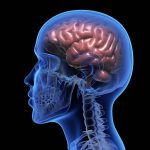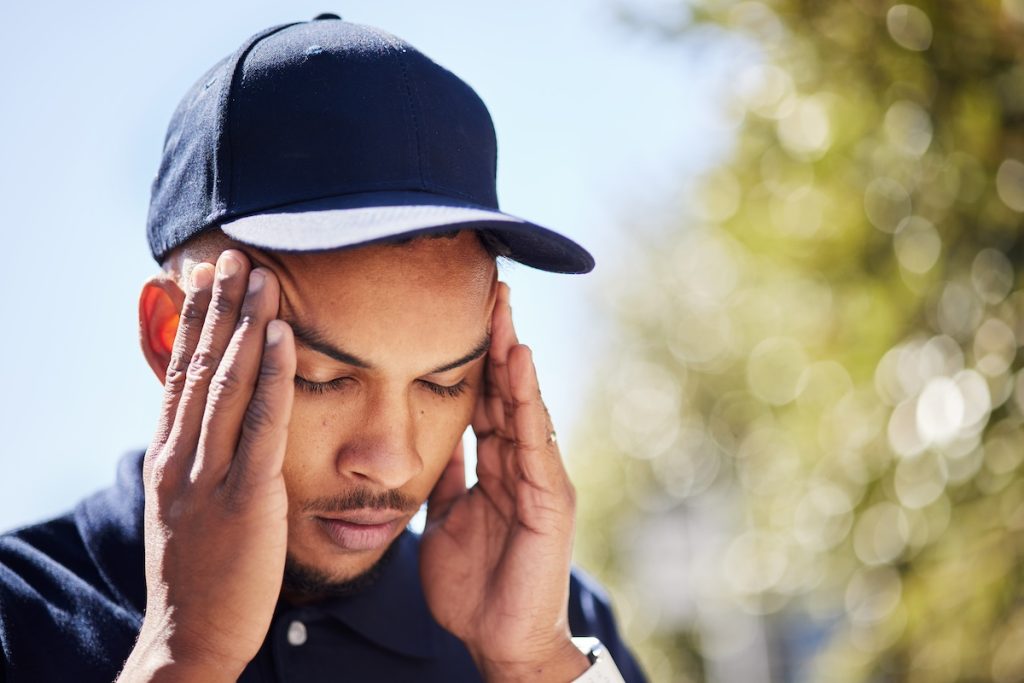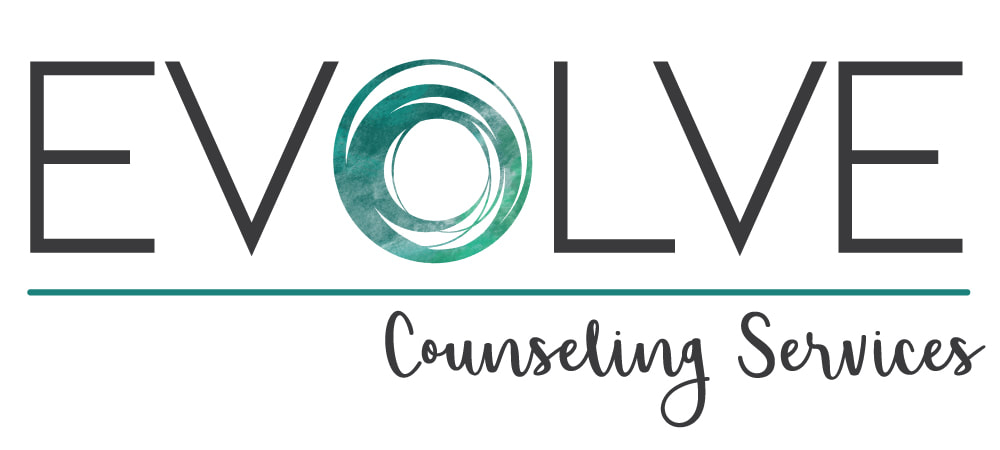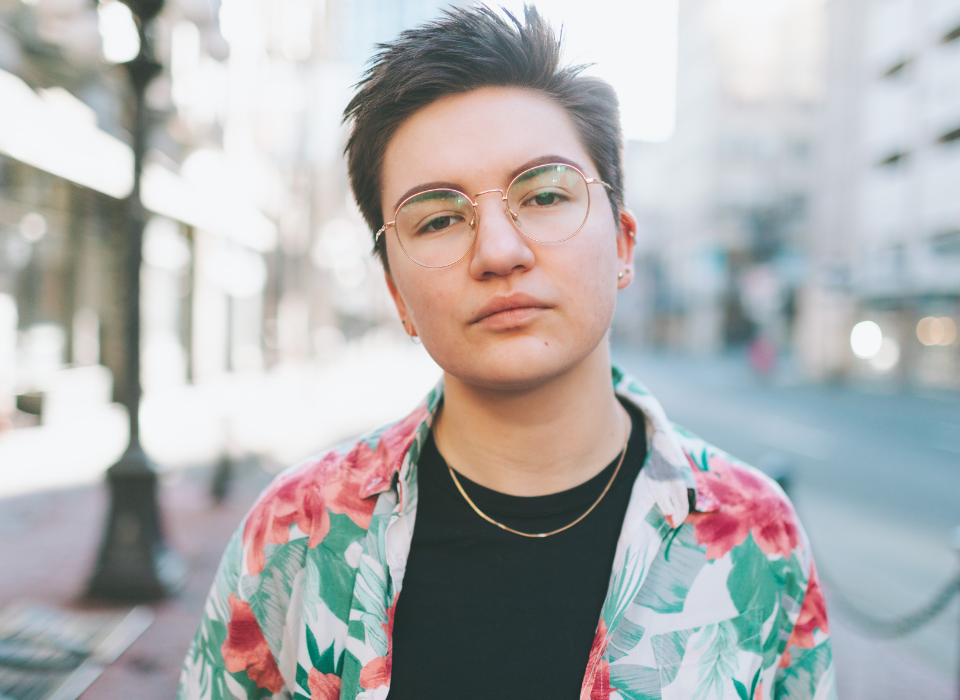
How Trauma Rewires the Brain
May 23, 2024
Understanding Anxiety Attacks: Length, Signs and How to Calm Them
May 30, 2024Anxiety is a common mental health issue that affects millions of people worldwide. If you’ve found yourself wondering, “What type of anxiety do I have?”, you’re not alone. Understanding the various types of anxiety disorders and recognizing which one might be affecting you is the first step toward finding effective treatment and support.
In this blog, we’ll explore the primary types of anxiety disorders, their symptoms, and the best therapies available for managing them.

What Types of Anxiety Disorders Are There?
Anxiety disorders come in various forms, each with its unique characteristics. Here are the primary types:
Generalized Anxiety Disorder (GAD)
Generalized Anxiety Disorder is characterized by persistent and excessive worry about a variety of topics such as work, health, or everyday routine life events. Individuals with GAD find it difficult to control their worry, which often affects their daily functioning.
Symptoms:
- Restlessness or feeling on edge
- Being easily fatigued
- Difficulty concentrating
- Irritability
- Muscle tension
- Sleep disturbances
Panic Disorder
Panic Disorder involves recurrent, unexpected panic attacks—sudden periods of intense fear or discomfort that peak within minutes. These attacks can lead to significant behavioral changes due to the fear of future attacks.
Symptoms:
- Rapid heart rate
- Sweating
- Trembling or shaking
- Shortness of breath
- Feelings of impending doom
- Nausea
Social Anxiety Disorder (Social Phobia)
Social Anxiety Disorder is the intense fear of social situations where one might be judged, embarrassed, or humiliated. This fear can interfere significantly with daily activities and relationships.
Symptoms:
- Fear of social interactions
- Avoidance of social situations
- Extreme self-consciousness
- Worrying about upcoming social events
- Physical symptoms like blushing, sweating, or trembling
Specific Phobias
Specific Phobias involve an intense, irrational fear of a particular object or situation, such as heights, animals, or flying. The fear is disproportionate to the danger posed and can lead to avoidance behaviors.
Symptoms:
- Immediate fear or anxiety upon exposure to the phobic object or situation
- Avoidance of the phobic stimulus
- Distress that interferes with daily life
Obsessive-Compulsive Disorder (OCD)
While OCD is often categorized separately from anxiety disorders, it involves significant anxiety. OCD is characterized by unwanted, intrusive thoughts (obsessions) and repetitive behaviors (compulsions) that the individual feels driven to perform.
Symptoms:
- Repetitive behaviors like handwashing, counting, or checking
- Persistent, unwanted thoughts or images
- Attempts to ignore or suppress these thoughts or urges
- Anxiety or distress if compulsions are not performed
Post-Traumatic Stress Disorder (PTSD)
PTSD develops after exposure to a traumatic event. It involves persistent, distressing symptoms such as flashbacks, nightmares, and severe anxiety, which can occur long after the event.
Symptoms:
- Intrusive memories of the trauma
- Avoidance of reminders of the trauma
- Negative changes in mood and cognition
- Changes in physical and emotional reactions
Best Therapy for Anxiety
Finding the proper treatment is crucial for managing anxiety effectively. Here are a few, but not all, of the best therapies available:
Cognitive Behavioral Therapy (CBT)
CBT is one of the most widely used and effective treatments for anxiety disorders. It focuses on identifying and challenging negative thought patterns and behaviors. CBT helps individuals develop coping skills and change their thinking patterns to reduce anxiety.
Exposure Therapy
Often used for phobias, social anxiety disorder, and PTSD, exposure therapy involves gradual exposure to the feared object or situation in a controlled environment. This helps reduce the response to fear over time.
Medication
Medications, such as antidepressants, benzodiazepines, and beta-blockers, can be effective in managing anxiety symptoms. They are often used in conjunction with therapy for the best results. Always consult a healthcare provider to determine the most appropriate medication.
Mindfulness and Relaxation Techniques
Mindfulness-based therapies, such as Mindfulness-Based Stress Reduction (MBSR) and Mindfulness-Based Cognitive Therapy (MBCT), help individuals focus on the present moment and reduce anxiety. Relaxation techniques such as deep breathing, progressive muscle relaxation, and meditation can also be beneficial.
Support Groups and Counseling
Talking to others who understand what you’re going through can provide significant relief. Support groups and individual counseling offer a safe space to share experiences and coping strategies.
Lifestyle Changes
Incorporating proper nourishment, adequate sleep, and stress management techniques into your daily routine can significantly impact anxiety levels.
Get Help Today
Understanding the type of anxiety you have is the first step toward finding the proper treatment. With the variety of therapies available, from CBT to mindfulness practices, there’s a path to managing and overcoming anxiety that can work for you. Remember, seeking help is a sign of strength; you can regain control over your life with the right support.
_________________________________________________________________________________
Looking for treatment for an eating disorder, anxiety, depression, trauma, or postpartum mood disorder?
Evolve Counseling Services is a specialized team of Licensed Therapists providing treatment in Paoli.


